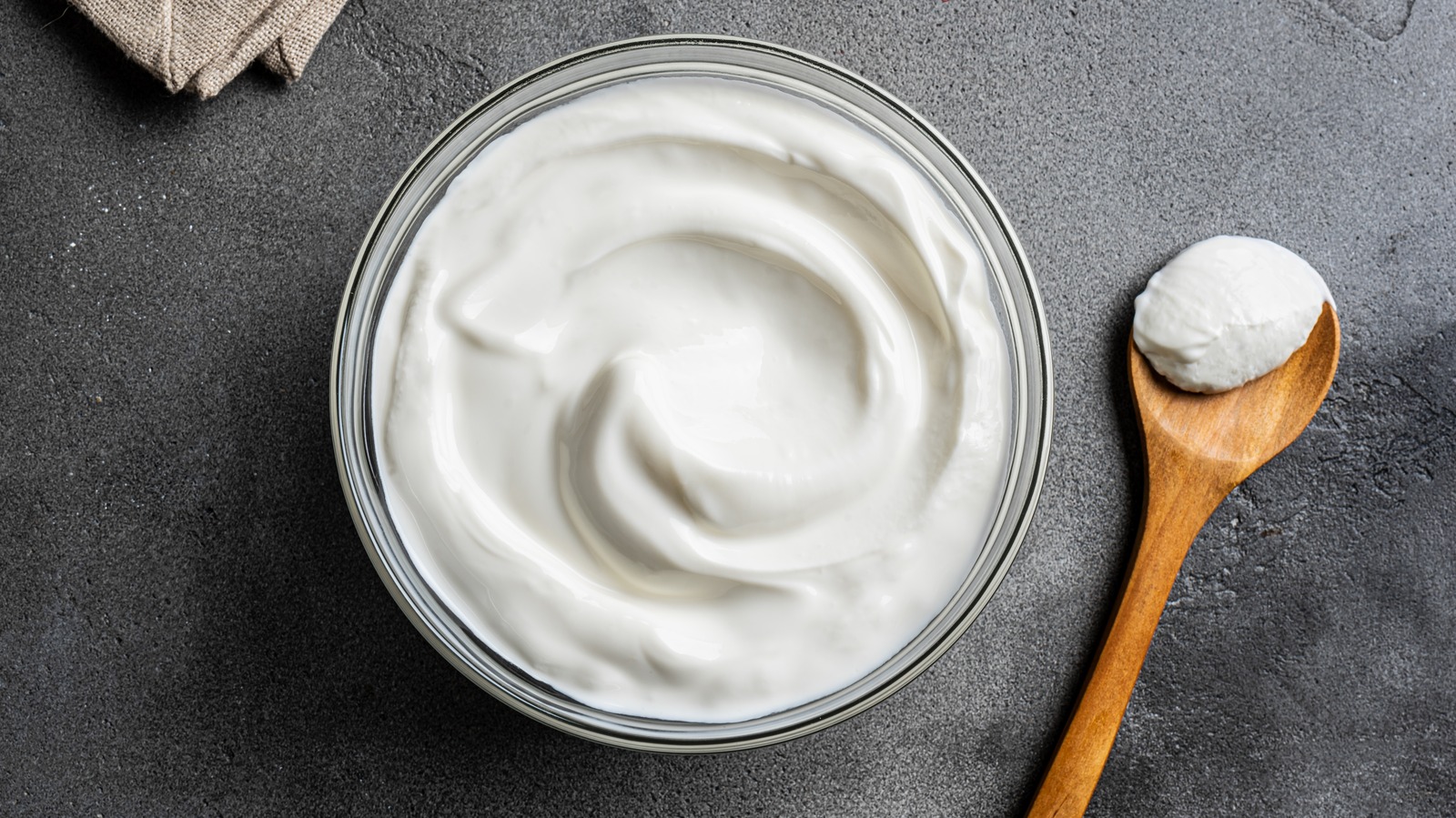
"Crème fraîche, French for simply "fresh cream," has origins in France and was once made by leaving cream freshly milked from a cow out at room temperature for a while. That might sound unsafe, but the bacteria naturally present in the dairy actually inhibit spoilage while also lending the cream a sour tang. Unless you're milking your own cow, though, it's difficult to find unpasteurized dairy in the United States,"
"Using sour cream as the culture to create crème fraîche will yield a thick and tangy result. You only need to mix a few tablespoons into a cup of heavy cream to transform the dairy products. Let the mixture sit covered at room temperature for at least 12 hours, and if it's not thick enough to your liking, leave it out for a few more hours."
Crème fraîche and sour cream differ in texture, price, and perceived artisanal quality. Crème fraîche originated from allowing fresh cream to develop naturally occurring bacteria at room temperature, which inhibit spoilage and create a tangy flavor. Pasteurized dairy lacks those native cultures, so sour cream or buttermilk can supply the necessary bacteria. Homemade crème fraîche is made by adding a few tablespoons of sour cream to a cup of heavy cream, covering it, and leaving it at room temperature for at least 12 hours until thickened. Buttermilk and heavy cream can also be left in covered pans to thicken, then refrigerated to continue developing.
Read at Tasting Table
Unable to calculate read time
Collection
[
|
...
]